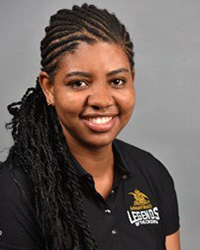
Sherlene Brown
I am currently pursuing a Ph.D. in the Department of Biochemistry, where my research is centered around a newly identified Fic protein (BbFic) originating from the respiratory pathogen Bordetella bronchiseptica. My investigation delves into the functional implications of Fic-mediated GMPylation, aiming to elucidate its role in modulating signal transduction processes essential for Bordetella's pathogenicity.
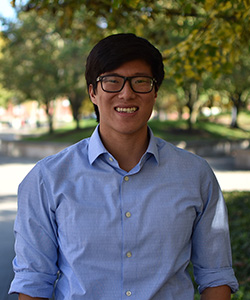
Thomas Dietsche
The rise of antimicrobial resistance has created a global health crisis whereby many antibiotics have become ineffective. My research continues to improve the design of a unique class of cell penetrating peptides that have intrinsic antimicrobial activity. These molecules are composed of cationic amphiphilic polyproline helices (CAPHs) and have been shown to effectively target intracellular bacteria.
Thomas has moved on to Regeneron Pharmaceuticals in New York.
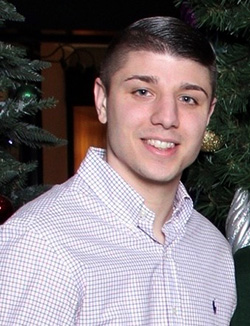
George Naclerio
George will be working for Arrowhead Pharmaceuticals. In the role of Sr. Scientist in Discovery Chemistry where he will be synthesizing small molecule targeting ligands designed to transport small interfering RNA (siRNA) to hepatocytes, cancer cells and lung epithelial cells in order to stop translation of the diseased gene of interest.
My research involves the synthesis and development of new chemical entities to combat the ever-growing problem of drug-resistant bacteria. I have designed a novel class of N-(1,3,4-oxadiazol-2-yl)benzamides which display highly potent activity against urgent threat bacterial pathogens with minimum inhibitor concentrations (MIC) values as low as 0.003 ug/mL.
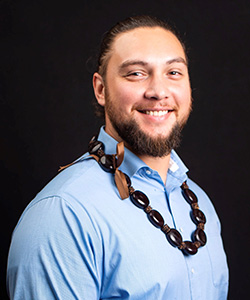
Conrrad Nicholls
Conrrad won a NIH F31 award and could not continue with our T32. This is great news for Conrrad and we wish him the best!
Biological Sciences
The goal of my research is to elucidate the biochemical assembly mechanisms of flaviviruses and exploit any identified weaknesses for therapeutic intervention. To this end, I am investigating two independent strategies to validate some previously observed nucleocapsid core-envelope glycoprotein interactions using both Zika virus (ZIKV) and dengue virus serotype 2 (DENV2) as model systems. Firstly, several amino acids within the transmembrane helices of the flavivirus envelope glycoproteins (prM and E) that were hypothesized to be key in the assembly process of flaviviruses have been mutated in both ZIKV and DENV2 to investigate their role in promoting interactions and particle budding. Secondly, the ability of the prM and E transmembrane helices to interact with the nucleocapsid core is being examined using reconstituted prM and E proteins within styrene-maleic acid lipid-nanoparticles (SMALPs).
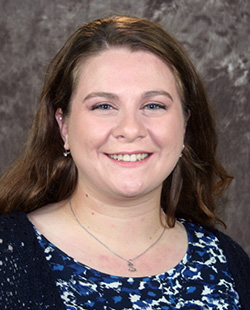
Caroline Plescia
Caroline worked in Dr. Robert Stahelin's laboratory developing and utilizing BSL-2 compatible models of viral assembly, budding, and egress to study SARS-CoV-2 and Ebola viruses. After optimizing these systems, we can use them to characterize and discover anti-viral compounds.
She is now at Duke University medical School in the Asokan studying viral vectors and gene theraphy.
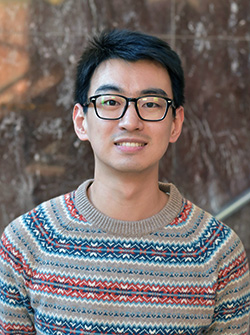
Zhengrui Zhang
4th year
My current research focuses on understanding how protein effectors from the pathogen Legionella pneumophila manipulate host ubiquitin signaling pathway. At present, I am investigating the mechanism and biological role of an ADP-ribose glycohydrolase effector, MavL, which reverses the toxic ubiquitin ADP-ribosylation caused by another Legionella effector SdeA. Understanding this system will provide valuable insights into how this bacterium regulates its virulence and will offer novel targets for drug design.
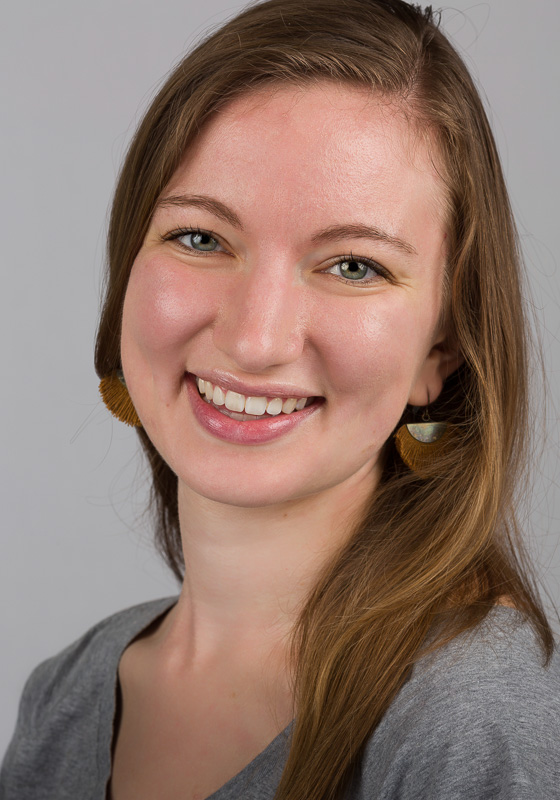
Claire Overly Cottom
I am a sixth year graduate student in the Department of Biological Sciences. My research examines the structure and function of the b-Barrel Assembly Machinery (BAM) Complex, a novel drug target which plays a vital role in the biogenesis of b-barrel outer membrane proteins in Gram-negative bacteria. Specifically, I work on the BAM complex in Fusobacterium nucleatum, an oral microbiome component implicated in numerous conditions including periodontal diseases, preterm births, and colorectal cancer.